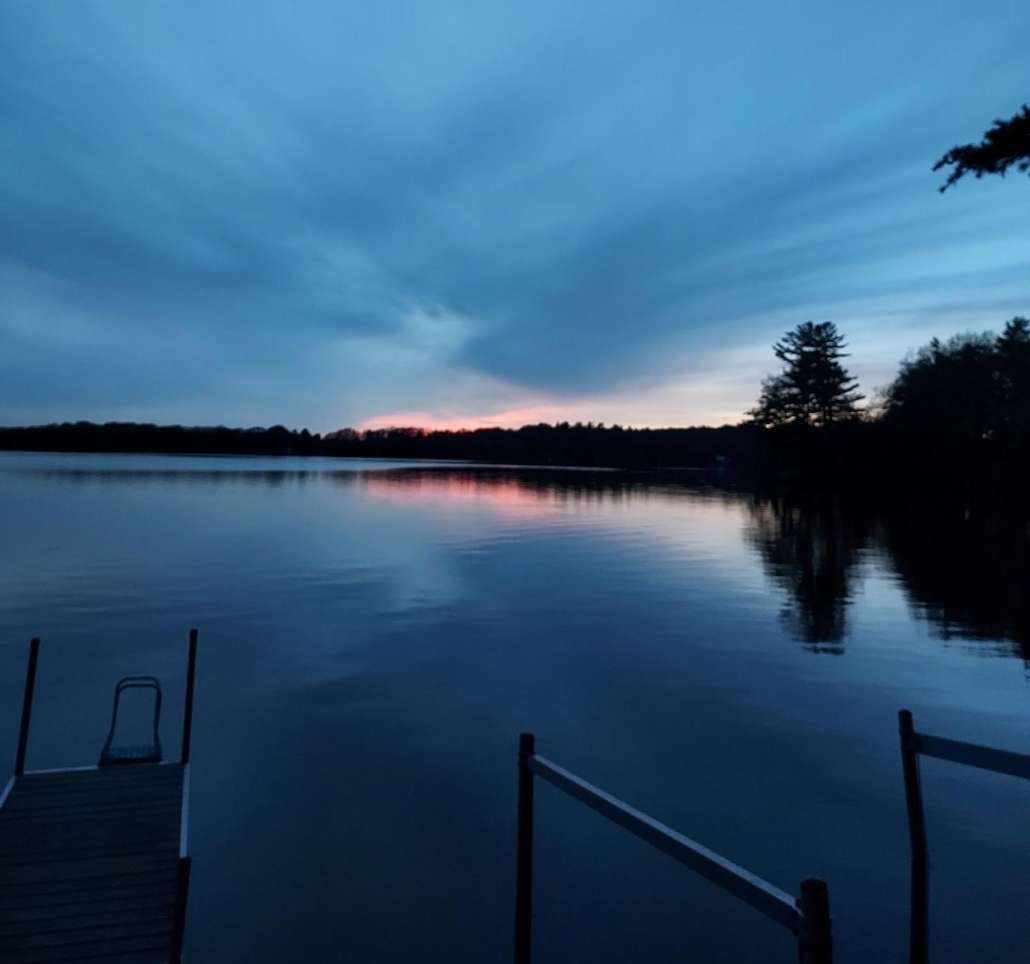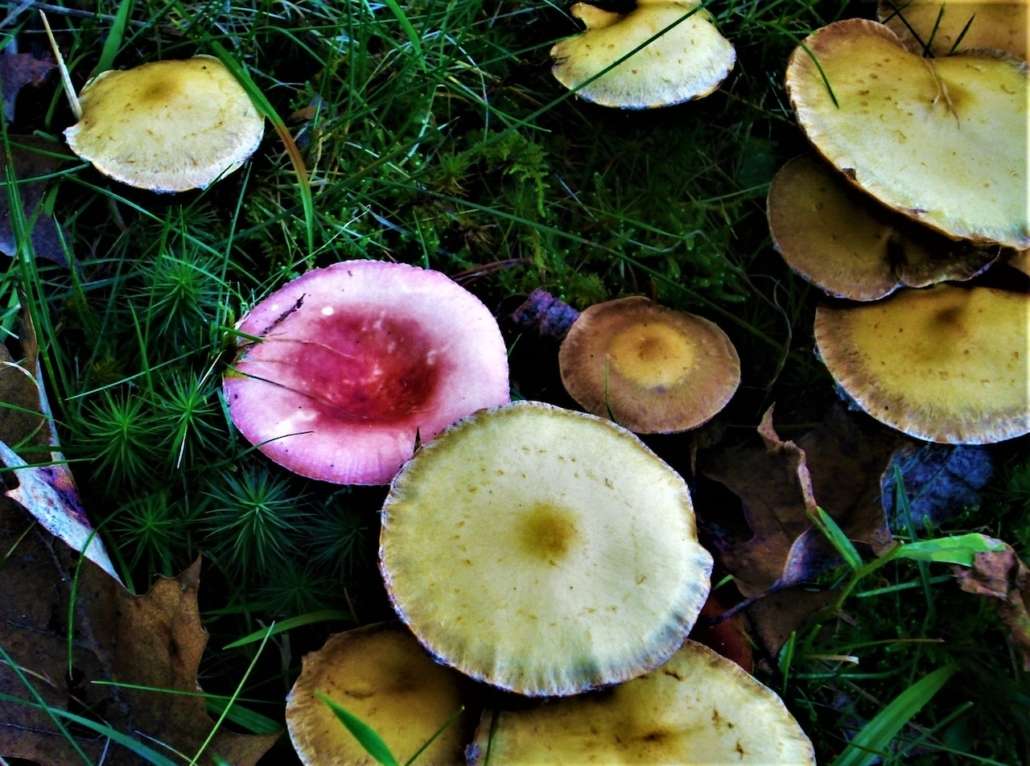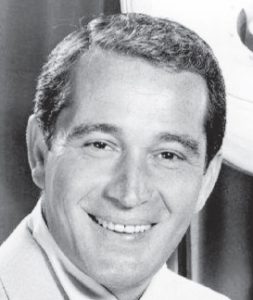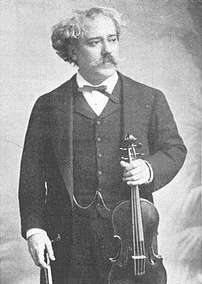SCORES & OUTDOORS: The discovery of a rare mushroom in central Maine
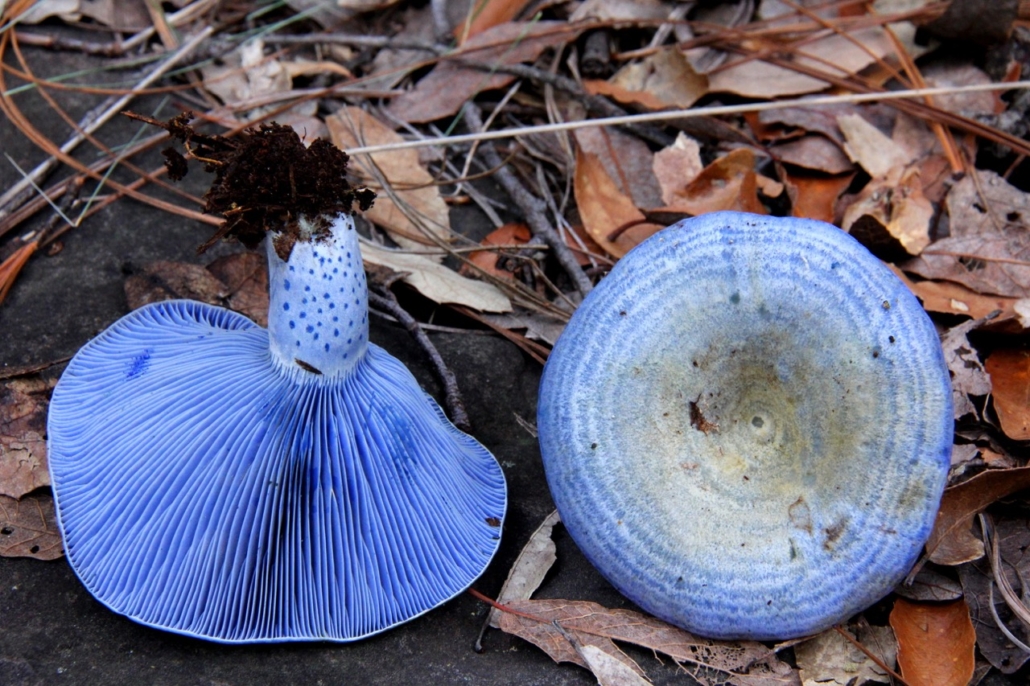
 by Roland D. Hallee
by Roland D. Hallee
Recently, at camp, a friend showed me photos of a mushroom – an unusual mushroom – she had seen on the grounds. The mushroom had a blue hue and was seen in a wet area. So, it was research time.
It turns out to be an Indigo milk cap, Lactarius indigo, a type of wild mushrooms that are found throughout North America, Europe, and Asia. They typically grow in deciduous or mixed forests, and are often found in association with hardwood trees such as oak, beech, and maple.
Indigo Milk Cap is a widespread but uncommon, distinctively colored mushroom. In the summer and fall it can be found on the ground alone, scattered, or in groups, in oak and pine woodlands. It grows on the roots of hardwoods, including oak, ironwood, and blue beech; and pines.
These mushrooms look out of place in nature. Sure, mushrooms come in all kinds of different colors, but blue mushrooms are pretty rare.
Indigo milk cap mushrooms are a beautiful and intriguing species of fungi that grow in temperate forests around the world. While they are widely admired for their striking blue color and unique flavor, many people are unsure if they are safe to eat. In this article, we will explore the question, “are indigo milk cap mushrooms edible?”
First, it is important to note that not all mushrooms are safe to eat. Some species contain toxins that can cause serious illness or even death. It is therefore essential to correctly identify any mushroom before consuming it. Indigo milk cap mushrooms are generally considered safe to eat, but there are some important factors to consider.
One of the main concerns when it comes to eating indigo milk cap mushrooms is their latex, a milky substance that is exuded from the mushroom when it is cut or damaged. The latex of some Lactarius species can cause a burning sensation in the mouth or throat, while others can cause gastrointestinal distress. However, the latex of indigo milk cap mushrooms is generally considered non-toxic and is not known to cause any adverse effects.
Another factor to consider is the age and condition of the mushroom. Young, fresh mushrooms are generally safer to eat than older, more mature specimens. Look for mushrooms that are firm and have a fresh, fruity smell. Mushrooms that are slimy, discolored, or have a foul odor should be avoided.
It is also important to cook indigo milk cap mushrooms thoroughly before consuming them. Like many other mushrooms, they contain chitin, a tough, indigestible substance that can only be broken down by cooking. Raw or undercooked mushrooms can cause digestive upset or even be toxic.
When cooking indigo milk cap mushrooms, it is recommended to sauté or roast them to bring out their unique flavor. They pair well with garlic, butter, and herbs like thyme and rosemary. Some people also enjoy using them in soups and stews.
While indigo milk cap mushrooms are generally considered safe to eat, it is important to take precautions to ensure their safety. Here I will repeat what was written above. Make sure to correctly identify the mushroom, choose young and fresh specimens, and cook them thoroughly before consuming. By following these guidelines, you can enjoy the unique flavor and beauty of indigo milk cap mushrooms while staying safe and healthy.
When sliced with a knife, the mushroom stains an even darker blue. They’re truly one of the most interesting mushrooms I’ve ever seen, let alone eaten.
As an aside (and it’s funny I even have to say this) cooking or visually enjoying these mushrooms will be the only thing you do with them.
Just because a mushroom is blue, doesn’t mean it’s magic (hallucinogenic). The only trip you’ll be taking is probably to the grocery store to get some garlic and parsley.
The amount of truly blue foods in the world is pretty slim, and these have to rank among the most interesting.
Long story short, the key to finding indigo milkcaps is timing. These mushrooms need a lot of rain to produce a decent fruiting, so after you’ve found a place where one or have been spotted, make sure to go there after a good rainfall, and you might get lucky. Milkcap mushrooms love the same habitat.
When harvesting, the most important thing to look for is the stem. More often than not, milkcaps will probably have been visited by bugs before you get to them. This may mean you cut off and discard the stems, or you may just have to pass on them. Timing is tricky, and a day or two can be the difference between mushrooms for a meal and compost.
The color and shape of these mushrooms is really distinctive – -there really aren’t any other blue mushrooms that you could easily confuse with them. That being said, certain types of dangerous mushrooms can have slightly similar colors, but mostly they’re purple-ish-not nearly the same striking blue as indigo milkcaps.
The indigo can be cooked like any other mushroom, and you can substitute them just about anywhere mushrooms would be welcome. These are relatively clean since they grow in coniferous forests, but you’ll want to check for the occasional pine needle.
The big problem here is that bugs like these guys, and more than likely what you find may be past prime. You could make some stock out of the buggy ones, or dry them, but there’s many other nice mushrooms out there.
If you really want to eat these, make sure they are the right mushroom, and you can find recipes online.
As for me, I will stick with the ones you buy in the supermarket. You can’t make a mistake with those.
Roland’s trivia question of the week:
Catcher Doug Mirabelli formed a famous tandem with which Red Sox pitcher?




 Don’t take your eyes for granted. Take these easy steps to keep your peepers healthy.
Don’t take your eyes for granted. Take these easy steps to keep your peepers healthy.